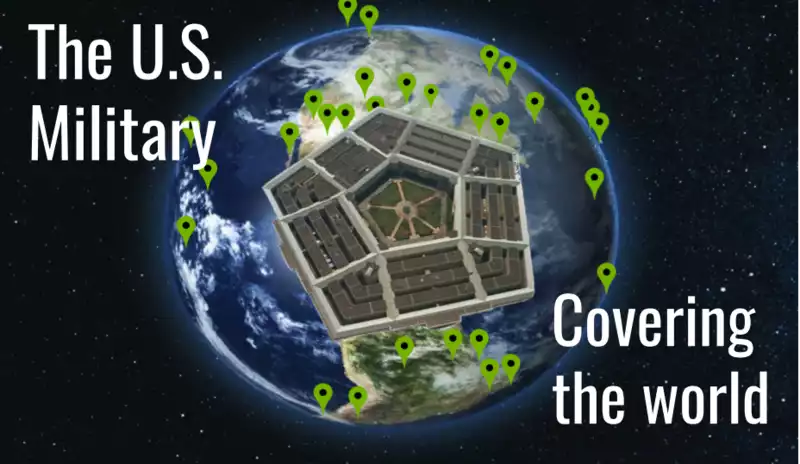In the 1950s and 1960s, the United States protected itself and some of its allies from attack by Russian bombers and missiles with its own Nike missiles. Each Nike installation consisted of a control site that used radar to detect an enemy and a launcher site that had a battery of missiles. Most Nike missiles were armed with conventional explosives but some were nuclear-tipped.
The Nikes were never used for their intended purpose. All Nike missile installations are gone.
Help using Google Maps
The Full Screen control in the upper righthand corner of the Google Maps display expands the display to cover the entire computer screen. This full-screen feature is not available on Apple IOS devices like the iPad.
You can exit out of full screen by pressing the Escape key or clicking the control in the upper righthand corner of the display.
The Map/Satellite control in the upper lefthand corner of the screen lets you choose either the normal map view or the satellite view. The satellite view allows you to see the actual military facility when you zoom in. You can choose to turn Labels on or off. The labels are the names of places, businesses, cities, etc. that appear on the map. You can turn off the labels if they obstruct your view.
When you select the Map view, you can turn on terrain features by clicking or touching the Terrain box. This will show things like mountain ranges, similar to looking at a relief map.
You can zoom in and out in a few ways. The lower righthand corner of the Google Maps display has a plus sign and a minus sign that controls zooming. If you're using a mouse with a scroll wheel, the wheel controls zooming. If you're using an IOS device like an iPhone or iPad, double-tapping the display zooms in but tapping does not zoom out.
Most touch screen devices will zoom by pinching the display with two fingers.
Nuclear
Nuclear-tipped Nike missiles used the W31 20-kiliton warhead.
In Italy, sixty (60) spare W31 warheads were stored in Longare.
